Cosmin Bonchiş
Being Central on the Cheap: Stability in Heterogeneous Multiagent Centrality Games
Nov 26, 2020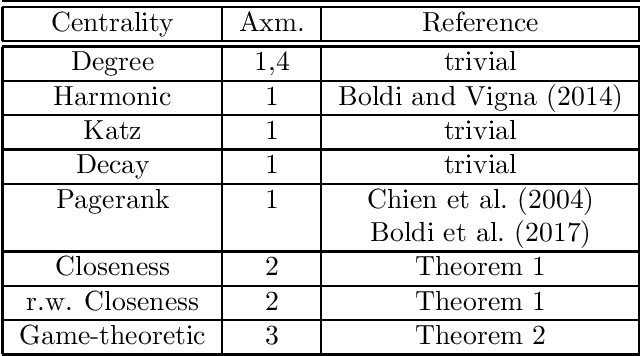
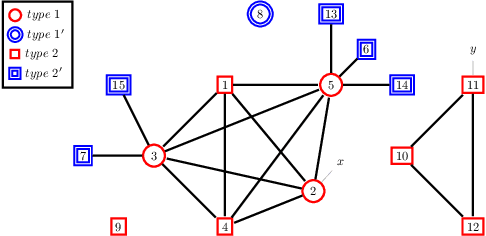
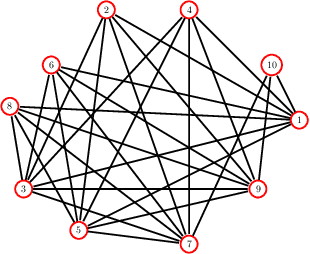
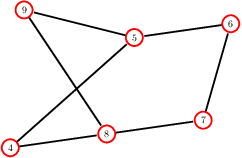
Abstract:We study strategic network formation games in which agents attempt to form (costly) links in order to maximize their network centrality. Our model derives from Jackson and Wolinsky's symmetric connection model, but allows for heterogeneity in agent utilities by replacing decay centrality (implicit in the Jackson-Wolinsky model) by a variety of classical centrality and game-theoretic measures of centrality. We are primarily interested in characterizing the asymptotically pairwise stable networks, i.e. those networks that are pairwise stable for all sufficiently small, positive edge costs. We uncover a rich typology of stability: - we give an axiomatic approach to network centrality that allows us to predict the stable network for a rich set of combination of centrality utility functions, yielding stable networks with features reminiscent of structural properties such as "core periphery" and "rich club" networks. - We show that a simple variation on the model renders it universal, i.e. every network may be a stable network. - We also show that often we can infer a significant amount about agent utilities from the structure of stable networks.
Custom Extended Sobel Filters
Sep 30, 2019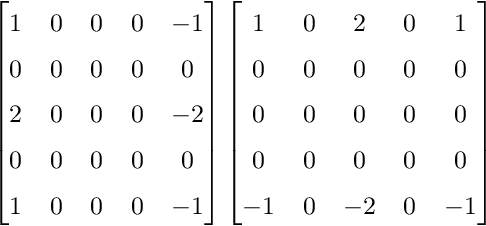


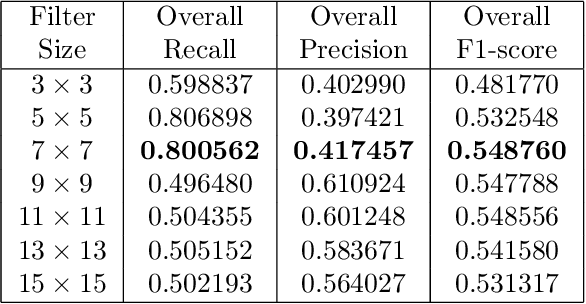
Abstract:Edge detection is widely and fundamental feature used in various algorithms in computer vision to determine the edges in an image. The edge detection algorithm is used to determine the edges in an image which are further used by various algorithms from line detection to machine learning that can determine objects based on their contour. Inspired by new convolution techniques in machine learning we discuss here the idea of extending the standard Sobel kernels, which are used to compute the gradient of an image in order to find its edges. We compare the result of our custom extended filters with the results of the standard Sobel filter and other edge detection filters using different image sets and algorithms. We present statistical results regarding the custom extended Sobel filters improvements.
Attacking Power Indices by Manipulating Player Reliability
Mar 04, 2019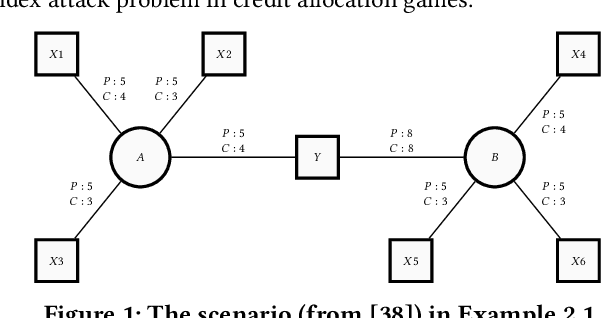
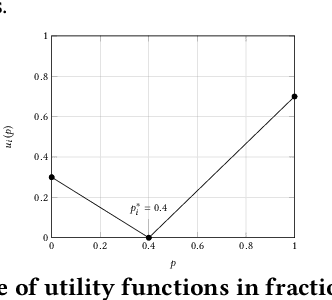

Abstract:We investigate the manipulation of power indices in TU-cooperative games by stimulating (subject to a budget constraint) changes in the propensity of other players to participate to the game. We display several algorithms that show that the problem is often tractable for so-called network centrality games and influence attribution games, as well as an example when optimal manipulation is intractable, even though computing power indices is feasible.
 Add to Chrome
Add to Chrome Add to Firefox
Add to Firefox Add to Edge
Add to Edge